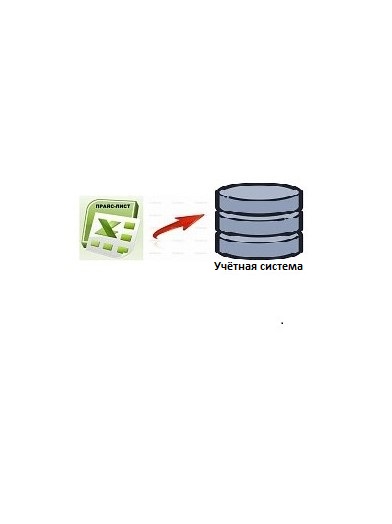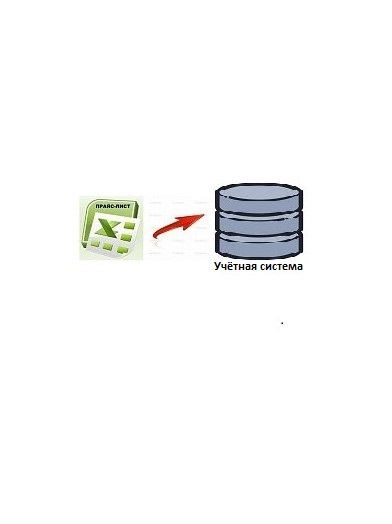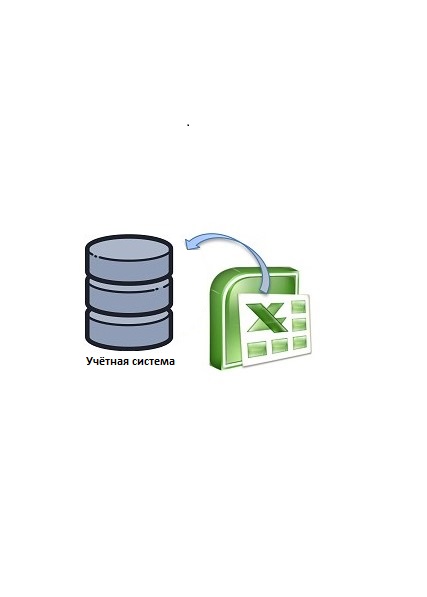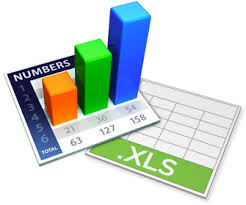Automatic loading of price lists of suppliers and the balance of goods from suppliers
- from Excel files received regularly by email.
- via vendor API commands.
Data loading is performed fully automatically. Data matches are configured once and then the system works automatically.
Where and how it works
This solution has been successfully working since 2010 in trade organizations selling spare parts for cars, as well as household goods.
In organizations that sell spare parts, the solution works with very large price lists. Sometimes up to a million lines. Before the implementation of this solution, loading price lists was handled by a separate person, who spent up to 2/3 of his working day on this. After implementation, the time was reduced to several hours a week (checking whether the price list formats of suppliers who like to do this have changed).
Where household appliances are sold, the program can process price lists from hundreds of suppliers.
Today the program is implemented using conventional forms (USP, UT). Implementation on managed forms is possible. Change does not require much time.
Operating principle and functionality
All the various information about prices and supplier balances, first of all, is reduced to a single data structure and loaded into a special register of information. In the next step, this information register is processed, where it matches the supplier’s data with our nomenclature directory. The main parameters for the docking: this is the article number of the product and the manufacturer of the company. But even if they differ, it is possible to customize all.
Once connected goods are saved to further ensure processing speed.
If the supplier’s price list contains information on several warehouses, it can also be processed and saved. Depending on the need, we can process either one specific warehouse or several warehouses or all.
In addition to the price, which can also be saved either as Procurement or as Sales (processed according to a specific formula for each product group) information on balances is also saved. Even in the format: 10+, more than 10 etc.
This information can be very easily added either in the form of selection of goods or in the workplace of the manager.
To properly configure, you need to allocate time to the initial setting. In the future, it remains only to periodically check whether there is something new for suppliers, and whether they have changed the parameters of the file being sent (for price lists that we receive by mail).
The principle of operation can be viewed in the video:
More in screenshots
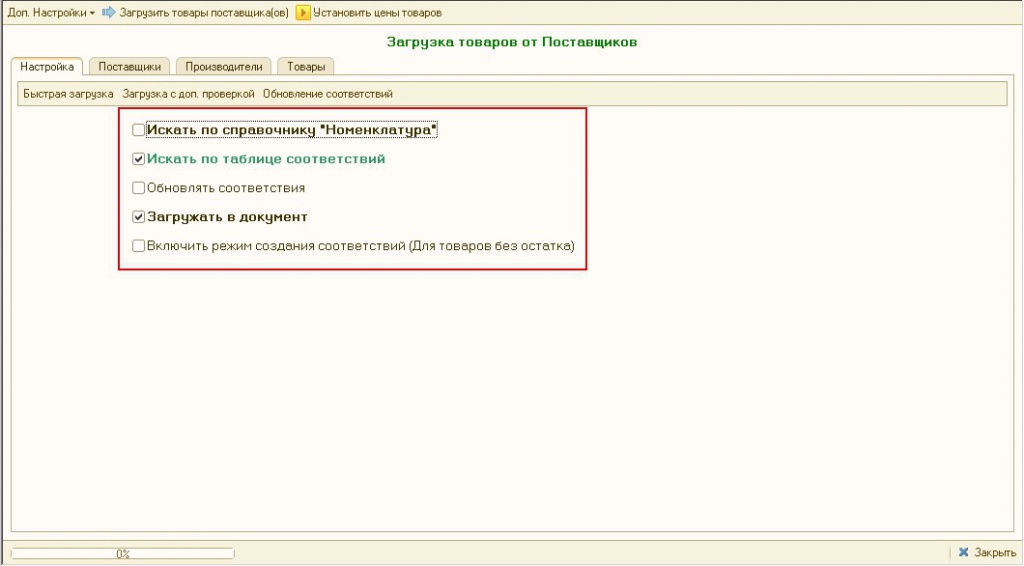
Fig.1. Workplace to configure and test the download.
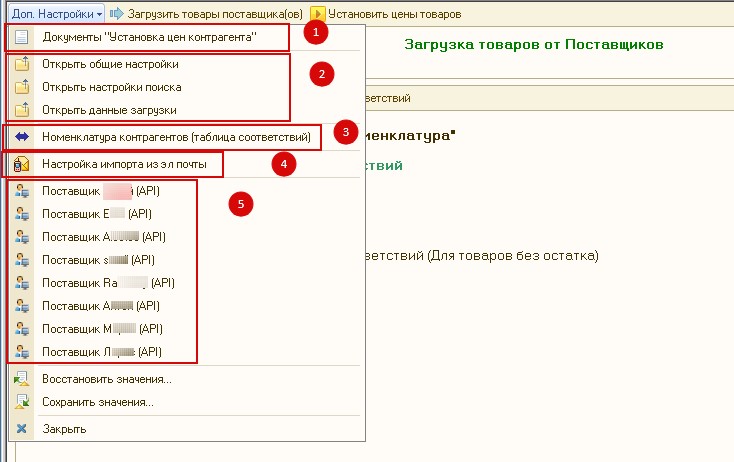
Fig.2. Choosing a supplier for downloading prices and balances, adjusting data loading settings.
The following form sets the data:
- List of documents with the prices of suppliers;
- Registers with settings;
- Selected match table;
- Reference to configure the receipt of prices from the mail;
- Settings of suppliers with API.
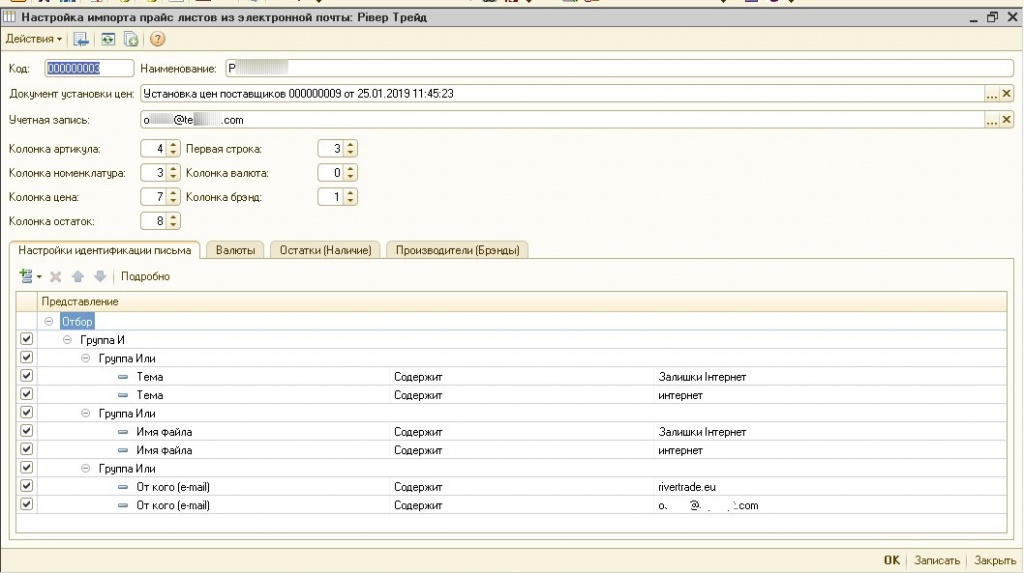
Fig.3. Configure letter identification.
Since some suppliers may send different prices to the manual, there may be different topics, different file names, etc. This setting will help all these details to customize.
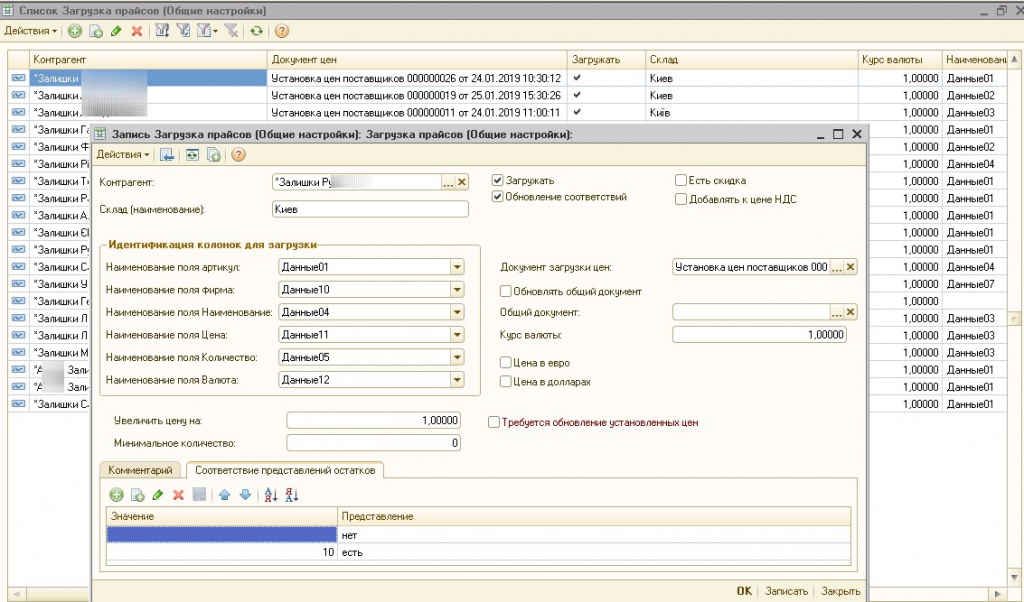
Fig.4. Set up processing of one supplier's warehouse.
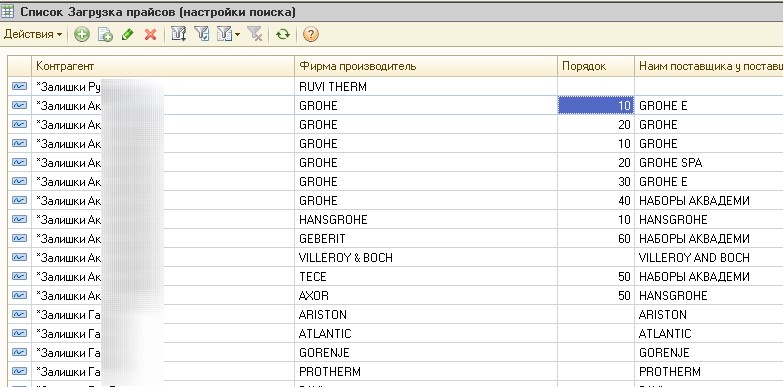
Fig.5. Processing options for each manufacturer for each supplier.
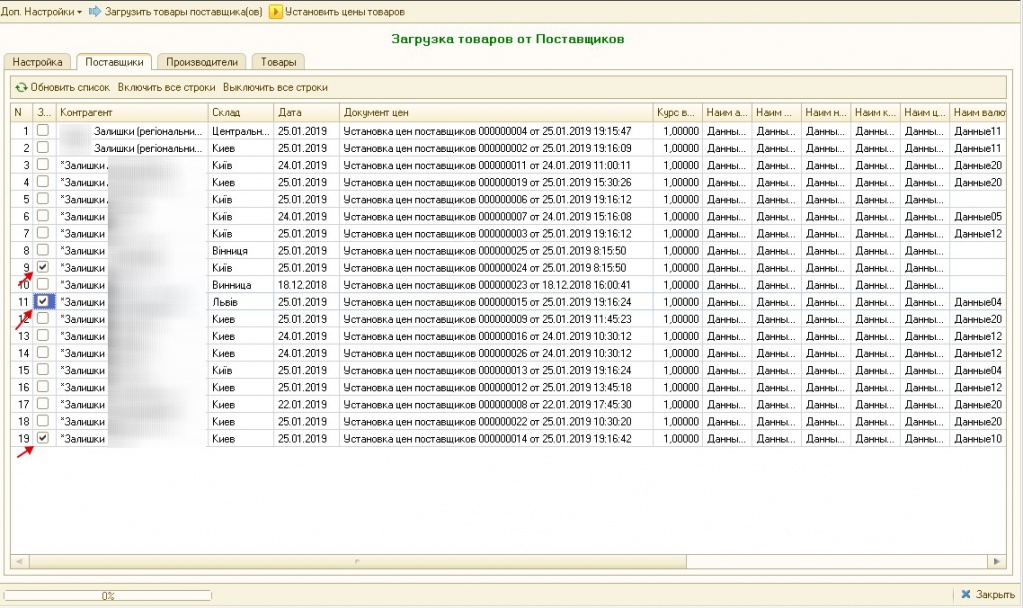
Fig.6. List of suppliers. Checkboxes marked not yet processed prices.
- Information from the supplier;
- Found a match to our nomenclature;
- Brand summary. The ability to analyze and, if necessary, add products.
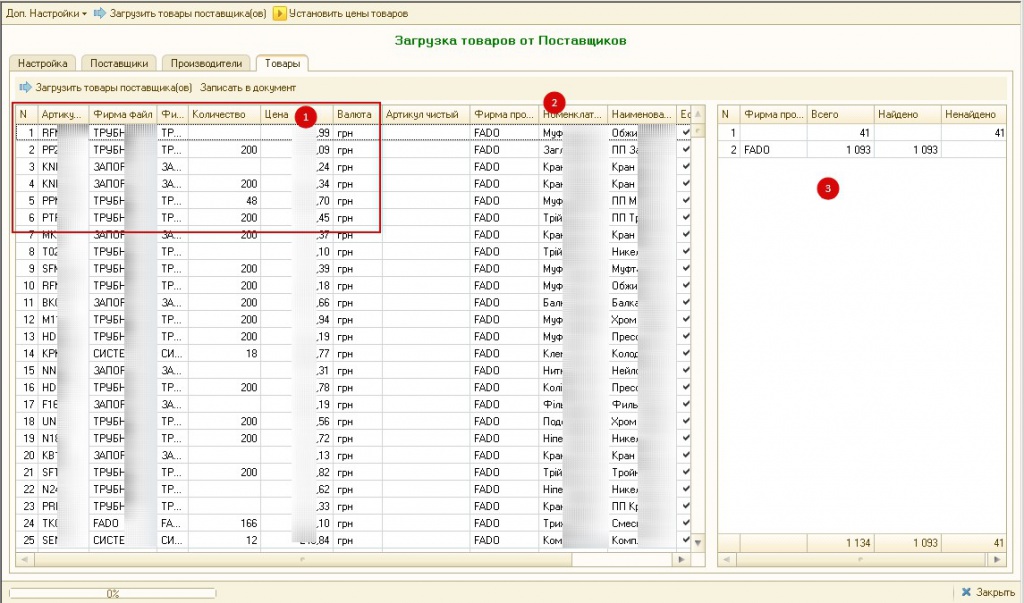
Fig.7. The resulting list of products with prices and balances.
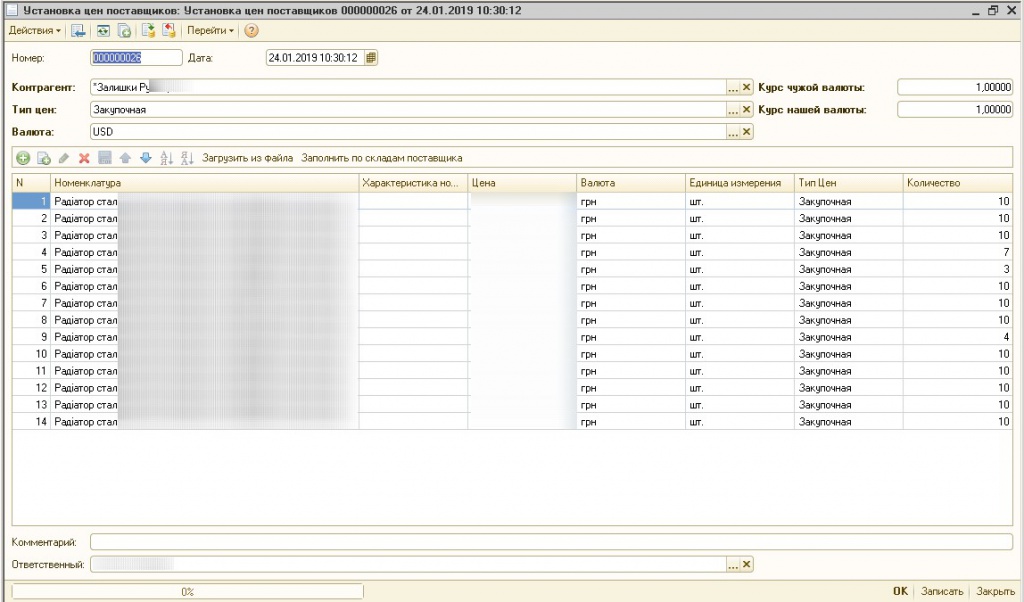
Fig.8. Price setting document for one supplier's warehouse.
Solution cost:
- The cost of the module is 12,000 UAH., taking into account the implementation in the customer’s configuration.
- In addition to this amount, an individual setting for loading price lists of your suppliers:
- Up to 10 hours is needed for advice on setting up price lists for all suppliers who send prices as Excel files.
- Up to 15 hours is needed to configure each provider, which gives access to its prices through API commands.
Developer: NCT Company
www.nct.ua
info@nct.ua
Solved problems within the project:
-
Work with customers' orders is organized, warehouse and commodity accounting is set up;
-
Fully organized automatic download price lists suppliers and goods balances from suppliers;
-
Automated transport logistics;
-
Integration of BAS with the site on "Bitrix24";
-
Site support works;
-
Implemented CRM 1.4 configuration from Rarus;
-
Done integration with virtual ATC "Binotel";
-
Automated lead management process;
-
Configure SMS distribution counterparties when changing document statuses;
-
Customization Email-distribution;
-
Automated management salary calculation.
- Comments

